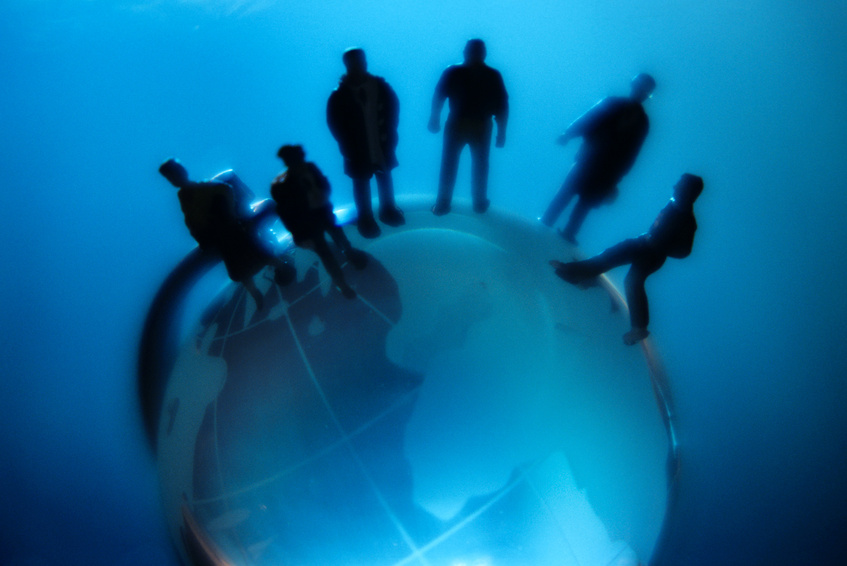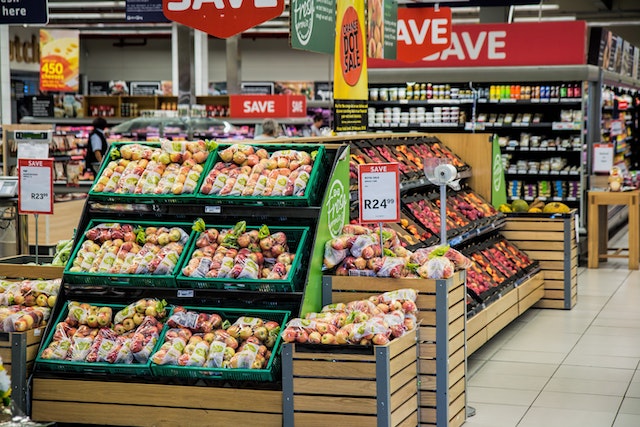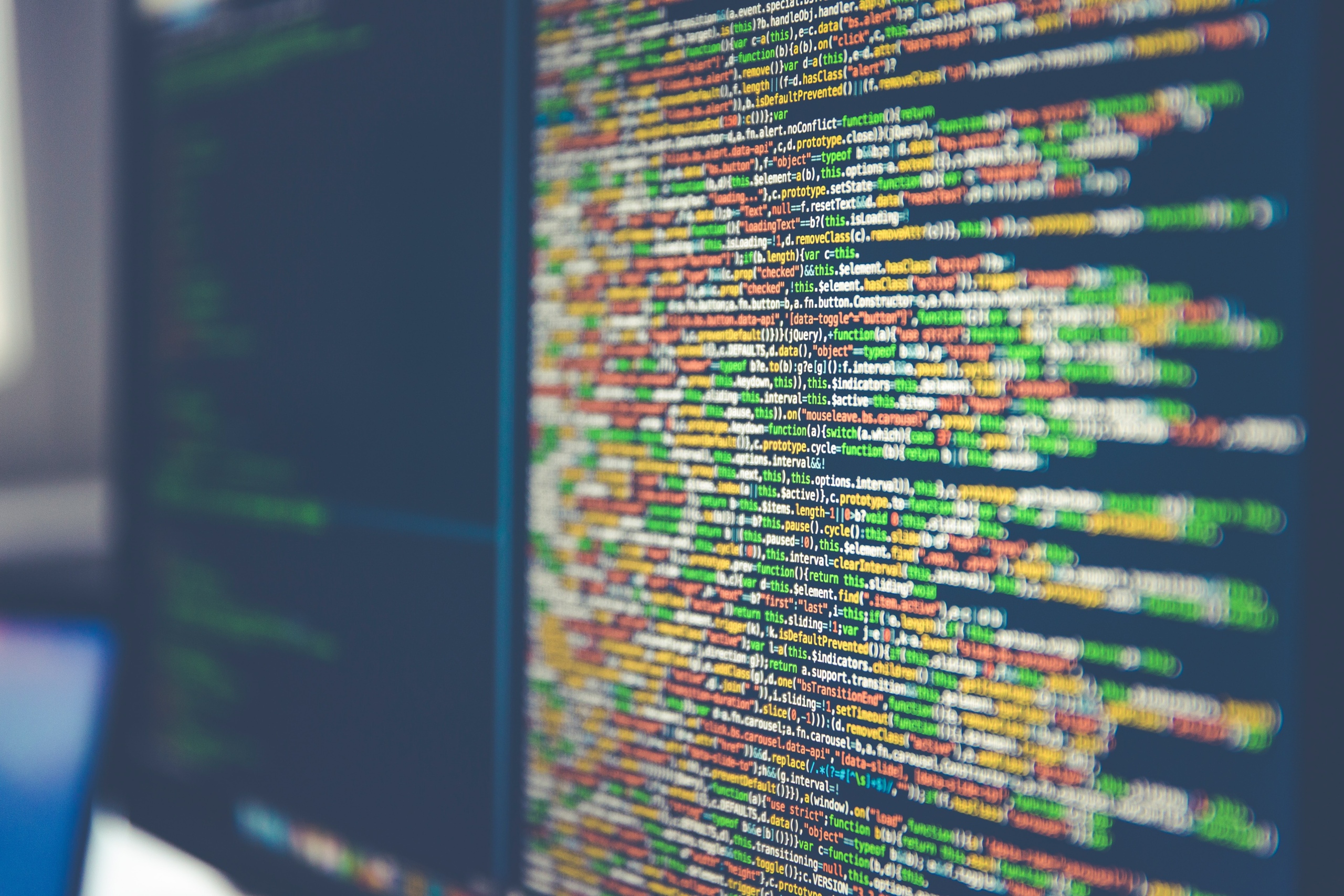In the world before the readily accessible internet could connect opposite sides of the globe in seconds, great thinkers, inventors, scientists and artists made use of exhibitions to show their work and perhaps attract the attention of potential investors. These exhibitions were held in major cities in Europe and attracted millions of visitors. They also served as a way for governments to show off the technological advancements made by scientists in respective countries, boosting healthy competition between nations whilst encouraging international trade and cooperation.
The Great Exhibition of 1851 – London
One of the great examples of these exhibitions was held in London for the summer months between May and October of 1851. A special structure called the Crystal Palace was built in Hyde Park to accommodate the exhibition and it was organised by, amongst others, Prince Albert (husband to Queen Victoria). The exhibition hosted displays from 28 different countries and received more than six million visitors in a six month period.
The average daily attendance was a staggering 42,831! Ticket prices fell progressively over the course of the summer months as the wealthy tended to leave London when winter approached. Tickets for the opening of the exhibition cost three guineas (£292,03 in 2013) and by the end of the summer one could enter for a single shilling (£4,64). The exhibition made a profit of the equivalent of £17,240,000 in 2013.
Some of the new inventions on display included:
- The very popular daguerreotypes (precursor to the photographic camera).
- A machine that was the precursor to the fax machine using telegraph wires.
- The Tempest Prognosticator – a barometer using leeches.
Modern Exhibitions
Most exhibitions today are far more specific about the disciplines that are displayed. One is likely to find an art exhibition or one that pertains to a specific type of technology or business. Some artists have used the exhibition space to make profound observations on human nature, interaction and the state of the world in politics and socio-economics.
Ai Weiwei
An example of this is Master Chinese artist Ai Weiwei, who filled the Turbine Hall at the Tate Museum of Modern Art (London) with 100 million ceramic pebbles that were painted to resemble sunflower seeds. At first glance, patrons saw only a mass of grey. When they got closer they realised that each little pebble was in fact hand crafted to look like a sunflower seed. The artist was trying to convey the sense of individuality and value even within a mass that looks so vast from afar.
Ai Weiwei said that he wanted to show the world the relationship between the Chinese people and those who ruled over them. Patrons were encouraged to walk on the ceramic seeds to experience the power that rulers had over the enormous population. It took 1600 people two and half years to produce the ceramic seeds and no two are alike.
Marina Abromović
This legendary performance artist performed a work in 1974 called Rhythm 0. She wanted to test the relationship between the artist and the audience. She placed 72 objects on a table that she would lie on for six hours. These objects included an unloaded gun, a bullet, a feather, a whip, honey, scissors and a scalpel. A sign indicated to the audience that they are free to use the objects in any way they liked and the artist would not interfere.
At first the audience was modest and did not engage much with her. They got progressively more aggressive, however, and one patron pointed the gun to her head to see what her reaction would be (another patron took it away) and others used the scissors to cut her clothes.
Many trade exhibitions will aim to entice prospective investors or aim to benefit from media exposure. They are not aimed so much at the general public, and money and time constraints mean that exhibitions can’t last for much longer than a few days. This means that the structures exhibition hosts use have to be cheap but still impressive, portable and offer multi-use functions. These modern needs have become interesting innovations within themselves.
Featured images:
License: Royalty Free or iStock
source: http://office.microsoft.com/en-za/images/results.aspx?qu=people#ai:MP900442452|
Louisa Theart is a freelance musician and writer who knows the value of exhibiting her skills, particularly to audiences in packed halls.





